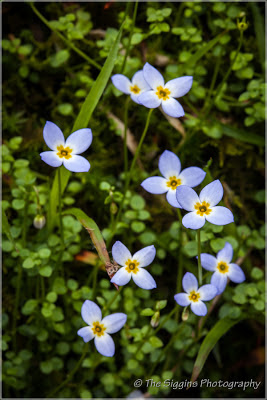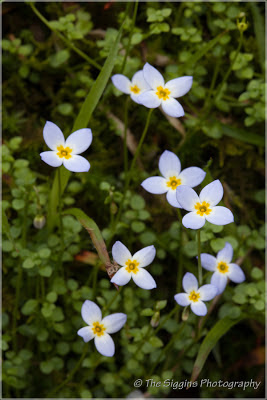I recently saw an article on the 10 Myths About Photography by Scott Bourne---Photo Focus.
Number 5 caught my attention - "If you do anything to a photo in Photoshop it's no longer a photo. Opinion - if it started its life in a camera it's a photo. Ansel Adams never used Photoshop, but he manipulated the Hell out of his pictures. There is no reality in photography. There never has been. It doesn't exist"
People ask me if I edit my photos. The answer is yes. I edit every photo I take.
A photograph is a two dimensional representation of a 3 dimensional world. Photographers can arrange their composition to give more of a three dimensional feel but it's still on a flat screen or piece of paper. They can make changes using Photoshop, Lightroom or other photo editing programs to make it look like it has depth. They can also manipulate the photo to make it more pleasing. How much editing is OK and where is the line?
Almost all digital photos have been manipulated. In fact, unless you take your photos in RAW mode, they have been manipulated by your camera before you see them. By default cameras automatically adjust the color, sharpness, contrast, saturation, and possibly other photo settings. This is done automatically, unless the camera has been set to store the images in RAW mode. RAW images are uncompressed and unprocessed by the camera.
The first version of this creek picture is the unprocessed RAW image. It's not a bad photo but it lacks something and also has something I don't want. The second version is edited in Adobe Lightroom to adjust to white space (color), vibrance (saturation), contrast, and sharpness. I also darkened the trees at the top and darkened around the edges slightly. These changes emphasize the flowing water and give the colors a little more pop. In the original there was a twig sticking out of the water that was very distracting. I used Photoshop Elements to digitally remove it.
Click the first image and you will get a window where you can go back and forth comparing the two versions.
If I had my camera on automatic it would have done some of these adjustments, such as white space, vibrance, contrast, and saturation, for me. I prefer to turn off the automatic adjustments and adjust each one.

 Here's another example of editing a RAW photo. The first image is the unmanipulated copy and the second has been edited in Lightroom. The color of the Bluettes is the edited version are more like what I saw. I also darkened the corners and edges to draw the viewers eye to the center.
Here's another example of editing a RAW photo. The first image is the unmanipulated copy and the second has been edited in Lightroom. The color of the Bluettes is the edited version are more like what I saw. I also darkened the corners and edges to draw the viewers eye to the center.This third example is a bit more manipulated. The first version is straight out of the camera and pretty dull. This was a really cool scene but the camera didn't capture it the way I saw it. I first cropped and straightened the image to make sure the barn is the obvious subject. I also increased the clarity to draw the trees out of the fog and brightened the barn, also to draw attention to it. The white balance and vibrance were also adjusted. There was also some large white object to the right of the barn that was very distracting so I "removed it".
Which of these is more "real"? The more important question is which is more interesting to look at? The first may be closer to what was actually there, but I think the second is a more interesting photo. Unless a photo is intended for documentary purposes, it usually can benefit from some manipulation. The manipulation is what painters have done for centuries and in fact many of the guidelines used by photographers were first discovered by painters. Photographers are artists and as artists can adjust a photo any way they feel will improve it.





Well said Richard!!
ReplyDelete